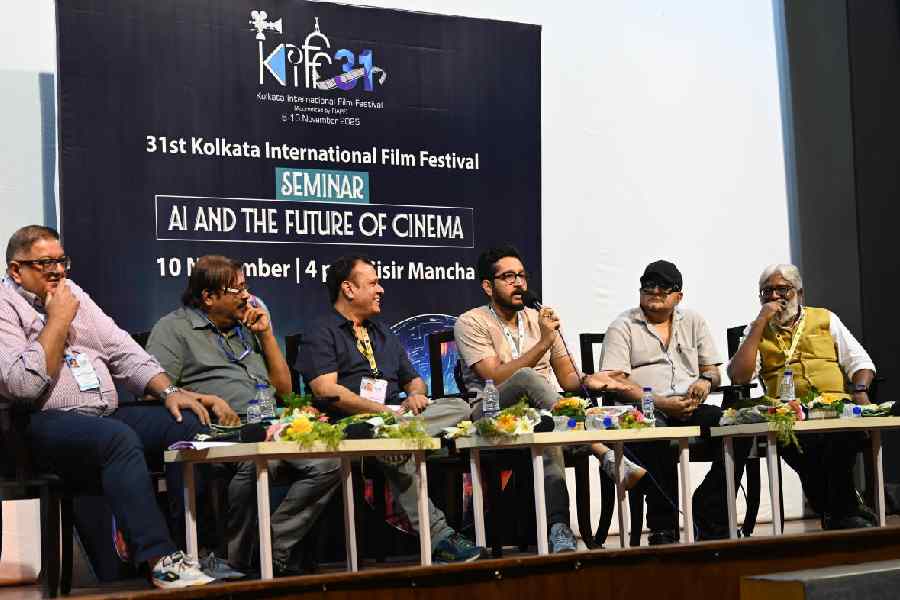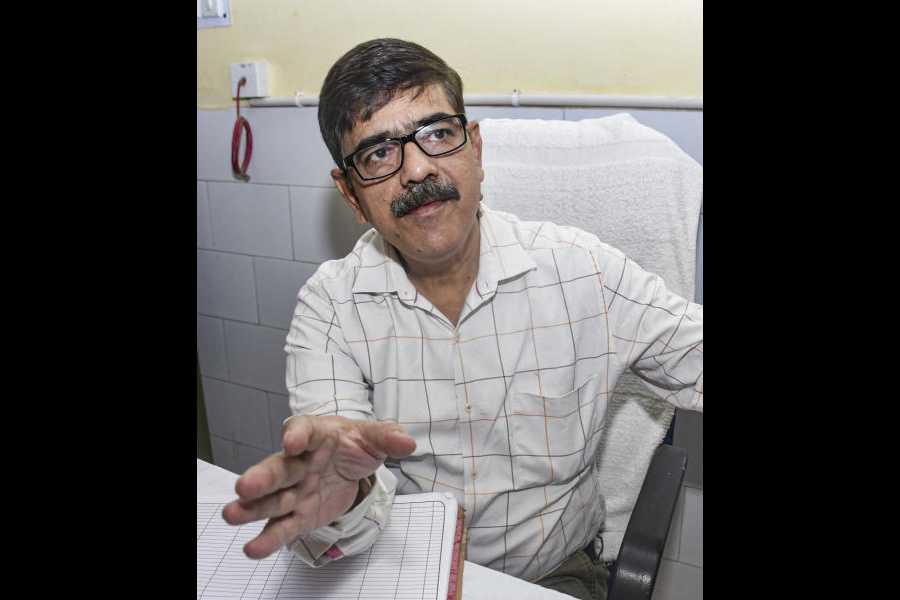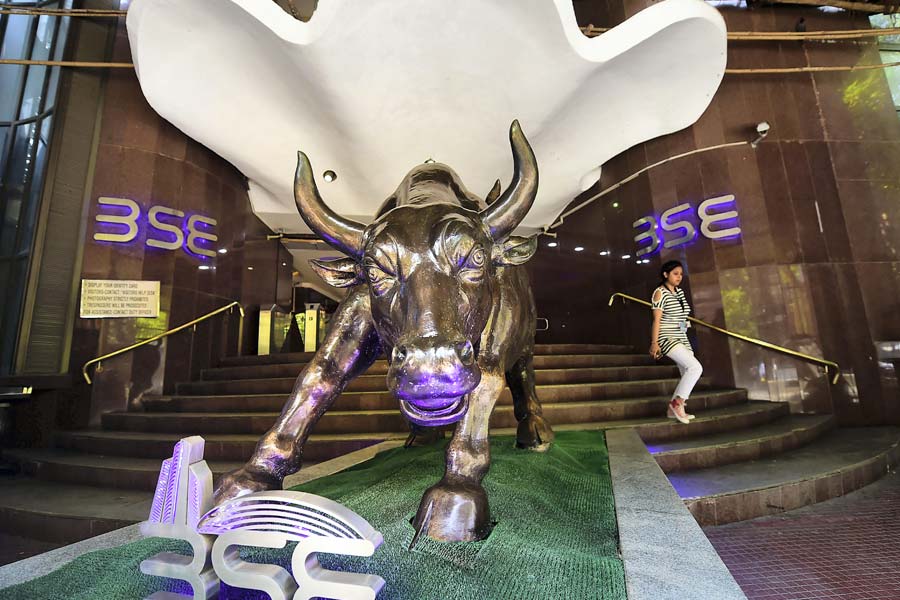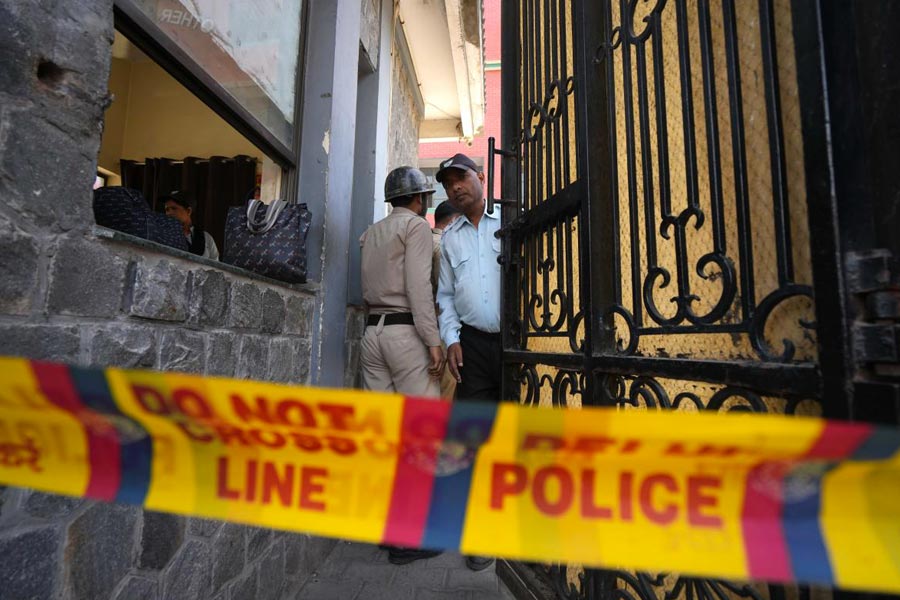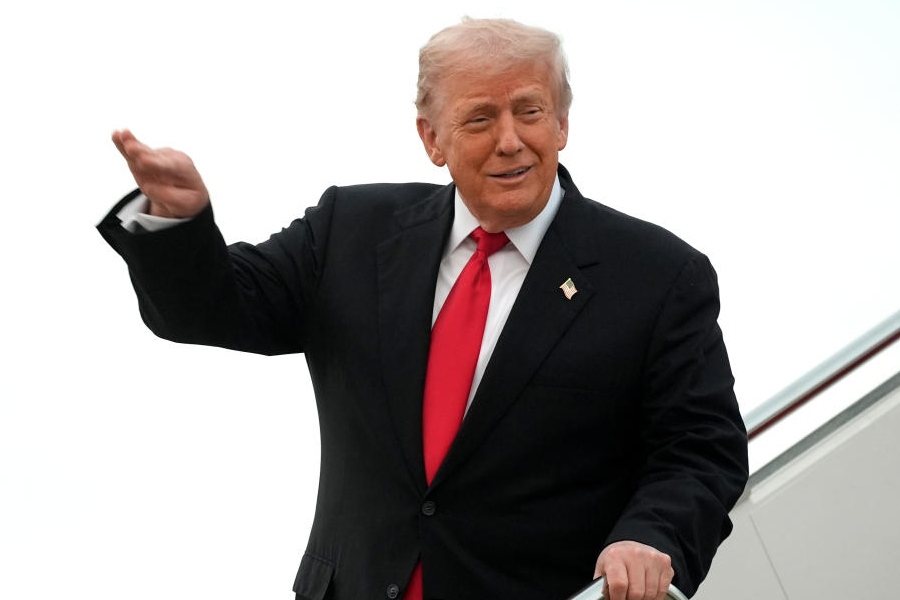Filmmaker Ashoke Viswanathan kicked off the conversation in the seminar titled ‘AI and the Future of Cinema’, moderated by executive producer Vikramjit Roy, highlighting the shifting landscape of cinema in recent years. He touched on various aspects, including cinematography, editing, and the evolving nature of audiences and their viewing habits.
“The way cinema arrives to us is changing entirely,” said Viswanathan. Drawing from Irving Wallace’s The Seven Minutes, he noted, “You create the crime and then you solve it. That’s happening. But even aside from situations like Covid or ongoing wars, cinema has changed irreparably, irreconcilably. Our viewing experiences, the way shots are captured and sequenced, the editing techniques, and cinematography have all evolved. Now, there are laboratories involved and other elements contributing to the final visual presentation.” Viswanathan emphasised the importance of recognising these changes, even if we struggle to accept them, and pointed out that while AI represents a learning experience, it can never replicate the authenticity of a live encounter.
Sharing his thoughts on the transformative impact of AI in the content realm, he expressed a positive outlook. “In a very unconventional way, I’m happy that AI has come for a very different reason. For a long time, there’s been a dominant narrative style shaped by Hollywood, which filmmakers have adhered to across generations. Even now, our productions often lean towards neo-realism or Hollywood-influenced tropes, utilising familiar classical cinematography and omniscient shots. The rise of AI has introduced a valuable challenge — it compels us to think outside the box, to create something that isn’t tethered to AI’s existing knowledge,” he elaborated.
Citing his film Dialogue and Delirium, he recounted his unique approach where the script was crafted post-production to explore different narrative techniques. However, he also cautioned against the misconception that AI can resolve all creative dilemmas. “I explored using ChatGPT for subtitles in a few of my films, but at times, the results were quite lacking. AI simply doesn’t grasp the intricacies of culture, which are crucial in storytelling,” he noted.
AI’s Achilles Heel
Filmmaker and scientist Bedabrata Pain tackled the anxiety and hype surrounding AI, emphasising that its long-term viability hinges on how we choose to utilise it. He pointed out, “This is where AI often falls short: it struggles with counterintuitive thinking and true out-of-the-box creativity. So, what exactly can AI do? Once we understand that, we can actually use it to our advantage. Every technology, whether it’s a laptop or when the computers came, everybody said there is going to be job loss. What happened? Things settled. The same thing will happen with AI.”
Elaborating on the applications of AI in various fields, Pain emphasised its remarkable pattern recognition capabilities, which even allow it to replicate certain facial muscle movements. “It’s crucial to understand how it clusters different patterns. Essentially, it’s a powerful pattern recognition tool. With this knowledge, many repetitive tasks become more manageable. In the realm of VFX, for instance, AI is making significant strides,” he noted, citing examples of both poor and impressive VFX in films, particularly mentioning The Brutalist.
Pain urged us to shift our focus from the frenzy surrounding AI to its practical applications. “For example, when we present to a producer, we can generate an AI-created pitch deck. This allows us to craft a specific look and feel for our pitch instead of relying solely on a live presentation. AI can provide incredible support in extending sets or even pre-visualising scenes, which can help in planning camera movements. So, I think there are a large number of places where AI would come in as an augmented thing, as a tool, rather than a thing in itself generating stuff. Look at AI as a tool, not as a monster riding on you. And please, let’s go beyond the hype. As far as job loss is concerned, I think that’s a very nuanced problem. And by the way, AI today is not cheap. This might be the biggest Achilles heel of AI,” Pain concluded.
AI and the Different Facets of Filmmaking
Vikramjit Roy’s comment on whether AI will disrupt, help people collaborate or enable, prompted actor Parambrata Chattopadhyay to reflect on how it intersects with his multi-faceted career. With a touch of humour, he shared, “As an actor, going by the standard, predominant anxiety, hype, assumptions, ideas about AI, I think it disrupts me because it’s going to take away my job. As a director, going by the standard ideas which are floating around in the market, I look at it as a collaborator because for the last one year or so, all my pitch decks have been AI generated. And it really does make a difference because you can actually give your client a look and feel. And people really love that. As a producer, again, going by the standard ideas floating around in the market, it’s an enabler. Why? Because I get to make more for less. So, three hats have sort of a conflict of interest within the ecosystem itself for me.”
Parambrata pointed out that the excitement around AI mirrors the hype that often accompanies new innovations. He recalled when many predicted the demise of theatre with the rise of OTT platforms. “That hasn’t happened,” he observed. “In fact, theatre has seen a resurgence. While OTT has reached a level of saturation, audiences are returning to cinemas more than ever. Sure, people are choosing theatre for certain types of films and enjoying the flexibility of OTT for others, which leads to a sort of content segregation.”
He also discussed the risks associated with AI, particularly highlighting the views of financiers who play a critical role in funding film projects. “They believe they grasp every nuance of scriptwriting,” he said. “They simply input their ideas into Chat GPT and come back the next day, claiming to be experts on the subject. What AI is doing is, it is not increasing my financial bandwidth over the other person, but it is increasing his or her creative bandwidth over my creative bandwidth. So, that’s a bit of a dangerous situation for people like us who are working in the freelance sector.”
AI in Post-production
Film director and editor Rabiranjan Maitra addressed AI’s impact on post-production, especially concerning sound and editing. He emphasised the need for a practical approach amidst the chaos related to AI. Sharing his experiences, he noted the inconsistencies among various AI tools. “Currently, the data circulating in the market has been fully consumed by AI, which is now generating synthetic data. We’re facing a significant data crisis and it is creating the confusion we’re dealing with,” he explained.
He went on to recount his experience working on a Bengali series, where he was encouraged to use AI for sync sound. However, he discovered that the AI approached storytelling as if it were just a podcast voiceover, lacking the emotional depth required. “Every single camera angle alters the sound; the microphones move and the emotions shift as well. The AI tools available online overlook how they handle voice, focusing mainly on noise reduction. To be honest, noise reduction isn’t my main concern; it’s the tonal spectrum that needs attention. Noise is part of the scene, so if it’s diegetic, it’s beneficial. Yet, the AI processes it like a podcast voiceover, flattening everything out. There are no accents or punctuation left, resulting in a voiceover that feels distinctly different from film acting,” he explained. He also noted the monotony of AI-generated voices, expressing uncertainty about whether this will change in the future.
Cinematography and AI
Veteran cinematographer Sunny Joseph shared his thoughts on the ongoing exploration of AI in the film industry, emphasising that it’s merely a tool and not something to fear. However, he did note that the increasing reliance on AI poses threats to certain jobs. “There are immediate challenges arising from AI usage. A friend of mine, also a cinematographer, usually shoots six or seven ad films each season, but this year he didn’t secure a single project. Most of those ads for jewellery and textile shops were created by AI,” he explained. He also referenced the Hollywood writers’ strike, where screenwriters fought against AI interference in their creative process, pointing to it as a significant concern. Joseph raised a profound issue regarding the depth of truth in AI-generated content, describing it as a grave philosophical conflict.
Joseph recounted his own experience with AI, revealing that he had produced visual effects worth ₹10 lakh in just 10 minutes using early versions of various AI tools. “There’s certainly potential there, but maintaining the consistency of characters and acting isn’t achievable yet. AI might imitate facial expressions, but it lacks the emotional depth we need. Ultimately, the essence we convey on screen is emotion. You still need an emotionally aware human to collaborate with AI and guide it,” he concluded.

